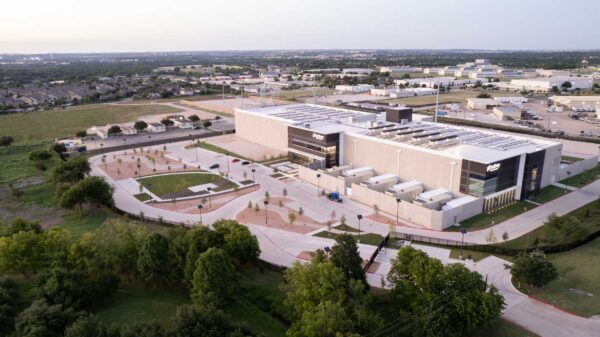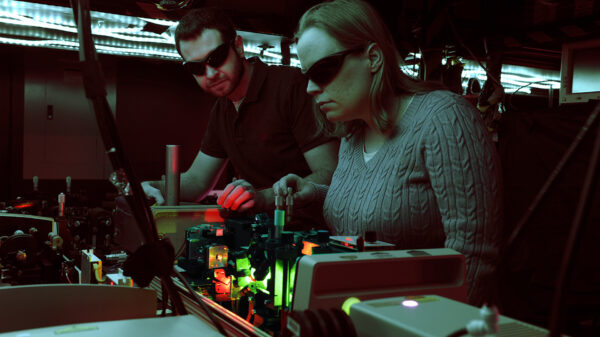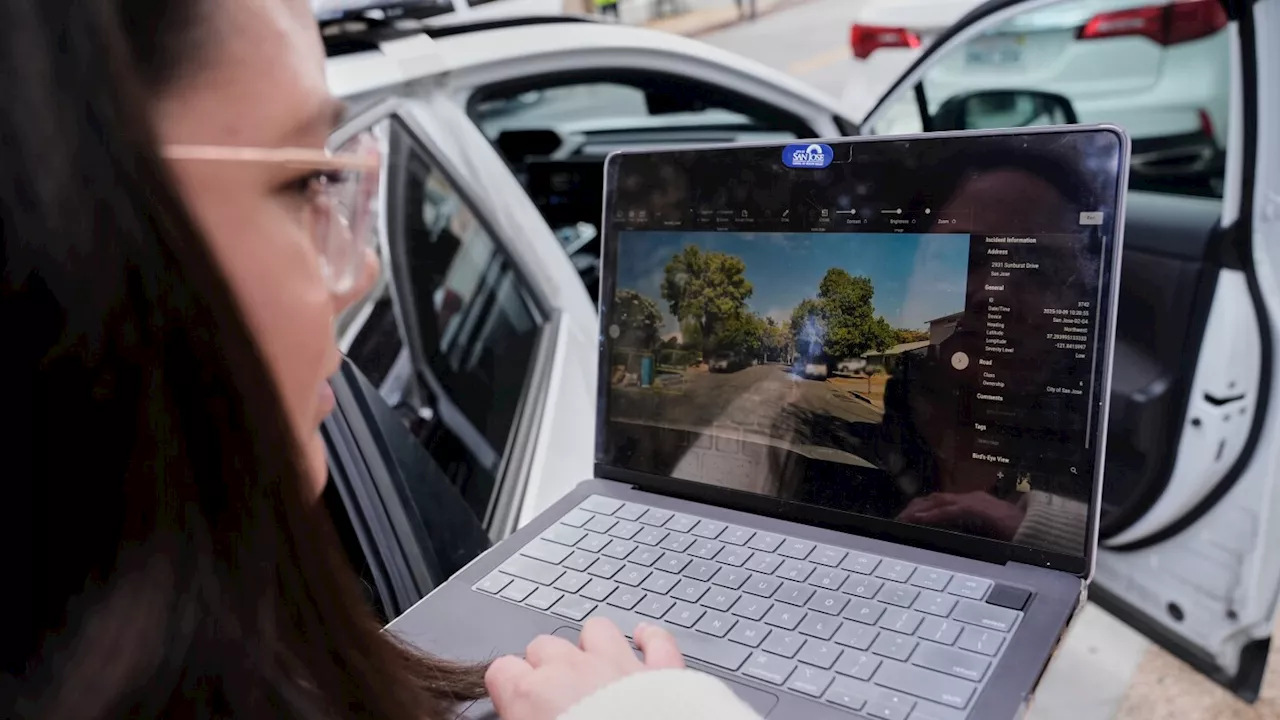In a push to enhance road safety, cities and states across the United States are increasingly adopting artificial intelligence (AI) technologies. One notable initiative is Hawaii, which is distributing 1,000 dashboard cameras to monitor road conditions and help reduce traffic fatalities. Meanwhile, San Jose, California, has achieved remarkable success, reporting a 97% accuracy rate in identifying potholes through cameras mounted on street sweepers.
These AI-driven efforts aim to identify the most hazardous road conditions and prioritize repairs. Richard Browning, chief commercial officer at Nextbase, which developed the dashcam technology for Hawaii, emphasized the importance of continuous monitoring rather than sporadic inspections, stating, “This is not something where it”s looked at once a month and then they sit down and figure out where they”re going to put their vans.”
In the wake of its successful pothole detection program, San Jose is now expanding its use of these cameras to additional vehicles, including parking enforcement units. Texas has also embarked on an ambitious AI initiative that utilizes cameras and voluntary driver data to enhance safety, given its extensive roadway system.
Residents in Hawaii can participate in the “Eyes on the Road” campaign, which allows them to obtain a complimentary dashcam valued at $499. This initiative, initially trialed in service vehicles in 2021 before being paused due to wildfires, aims to address the state”s aging infrastructure challenges. Roger Chen, an associate professor of engineering at the University of Hawaii, highlighted the complexities of maintaining roadways in the state, noting that “equipment has to be shipped to the island” due to geographical constraints.
See also China Enforces New Rules Mandating Labeling of AI-Generated Content Starting Next Year
China Enforces New Rules Mandating Labeling of AI-Generated Content Starting Next YearBeyond potholes, the AI systems are designed to monitor various road hazards, including street debris and damaged guardrails. Mark Pittman, CEO of Blyncsy, mentioned that the technology allows for daily analysis of guardrail conditions, which is critical for public safety. This focus on guardrails is particularly timely, as Hawaii”s transportation officials are keenly aware of the dangers posed by neglected infrastructure, having settled a significant lawsuit related to a fatal accident involving a damaged guardrail.
In addition to local efforts, cities are encouraged to share their data to create a comprehensive AI database capable of recognizing road issues across different locations. Matt Mahan, a San Jose official, noted the potential for shared intelligence, stating, “It sees, “Oh, that actually is a cardboard box wedged between those two parked vehicles, and that counts as debris on a roadway.”” This collaborative approach is exemplified by the formation of the GovAI Coalition, which aims to foster the sharing of best practices among various local governments.
Another company, StreetVision, is utilizing cellphone data to identify risky driving behaviors, enabling state transportation departments to target specific road conditions that may contribute to accidents. Ryan McMahon, a senior vice president at StreetVision, shared an experience that highlighted the value of their technology in addressing infrastructure problems.
Experts believe that current AI applications for road safety are only the beginning, with predictions that most vehicles will soon come equipped with cameras, aiding in the monitoring of road conditions. As Pittman remarked, “This is really important nuance for departments of transportation and city agencies. They”re now building infrastructure for humans and automated drivers alike, and they need to start bridging that divide.”
These initiatives represent a significant step forward in leveraging technology to enhance road safety, reduce traffic fatalities, and improve the overall driving experience in the U.S.







































































